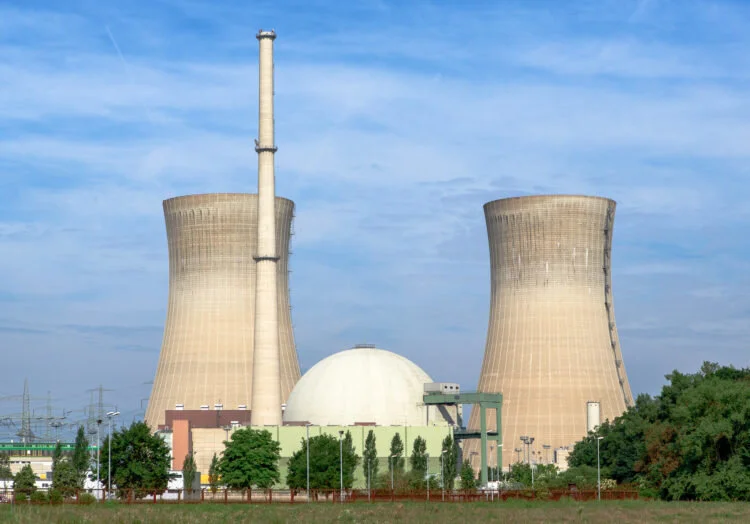It’s Not Even Close: Nuclear and Natural Gas Are FAR Better at Achieving Emissions Goals Than Wind or Solar
Written by Brian Balfour for The Locker Room
A new study released today by the John Locke Foundation spells out just how superior nuclear and natural gas are in achieving carbon emission reduction goals for the state.
Relying more heavily on solar and wind is “an expensive, wasteful, and risky means of achieving the state’s emissions goal,” according to the study.
In terms of affordability, efficiency, reliability and yes, environmental concerns, nuclear and natural gas blow solar and wind out of the water.
Specifically, the study evaluates Duke Energy’s Integrated Resource Plan (IRP) alternatives to achieve the state’s “Clean Energy Plan” devised by the Department of Environmental Quality; then compares those plans to plans relying less on solar and wind and more on nuclear and natural gas.
As Locke’s Jon Sanders recently pointed out, “With the state’s top source being nuclear, and its second-leading source now being natural gas … North Carolina’s GHG emissions have been falling all century — dramatically.”
The new study highlights some eye-popping contrasts between nuclear and natural gas vs. wind and solar:
In costs per metric ton of CO2 reduction, a nuclear approach would cost about one-third less than wind & solar, and natural gas would cost roughly half that of wind & solar
For residential customers, a wind and solar heavy approach could impose cost increases as much as 300% more than a natural gas approach, or two and a half times a nuclear approach
In land use, onshore wind would require more than 1,000 times as much land as nuclear, and two hundred and eighty times as natural gas, to produce the same amount of energy. Solar would require 120 times and 30 times as much land as nuclear and natural gas, respectively
Solar produces one-sixth of the electricity provided by nuclear and natural gas, but requires double the workers to do so
Wind and solar require massive amounts of rare earth minerals for their construction, far more than nuclear or natural gas. The process required to mine these minerals cause significant environmental damage, and in some cases threaten local water supplies
Lithium-ion batteries, the main backup source for intermittent solar and wind power, are classified by the EPA as hazardous material
The study concludes “Expanded utilization of nuclear energy and natural gas would provide better pathways to emissions reduction than the wind, solar, and battery storage scenarios preferred by Governor Cooper and the Department of Environmental Quality.”
The study’s findings should be top of mind for legislators as they consider House Bill 951, the “Modernize Energy Generation” bill.

